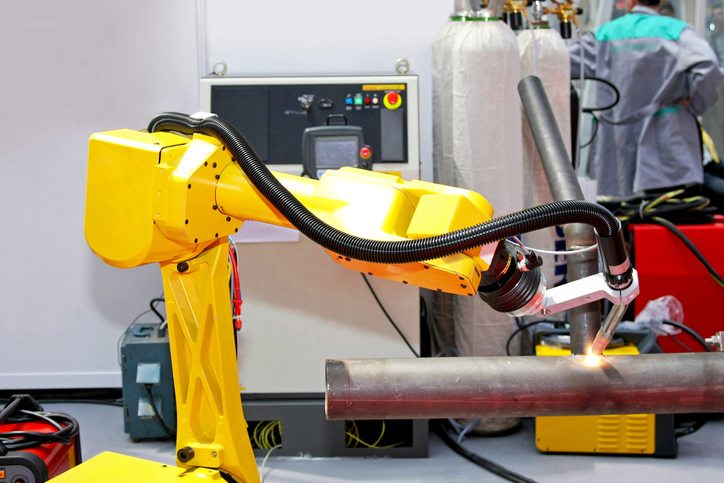Robotic Welding Systems: Choosing the Right One
Choosing the Right Robotic Welding System for Your Business

If you're considering automating your welding operations with robotic systems, it's essential to understand the options available. While a robotic systems integrator will typically handle the technical details, having a basic understanding of what to look for can help streamline the process and ensure you choose the best solution for your needs.
Investing in the wrong robotic welding system can lead to inefficiencies, increased costs, and missed production goals. That’s why selecting the right system is crucial to maximizing your return on investment and improving overall productivity.
Key Factors to Consider When Choosing a Robotic Welding System
When setting up an automated welding system, several key elements must be evaluated based on your specific application. Here are three important considerations:
1. System Intelligence and Communication
Robotic welding systems rely heavily on advanced controllers that manage both tooling and motion, as well as system controllers that oversee part movement, environmental conditions, and human-machine interaction (HMI). The level of data acquisition and communication between these components can significantly impact performance. Some systems offer real-time monitoring and feedback, which can improve accuracy and reduce errors during the welding process.
2. Workcell Design and Features
The design of your workcell plays a critical role in the success of your robotic welding setup. Depending on the size, weight, and complexity of the parts you’re working with, you may need features such as turntables, fixtures, positioners, or shields. For large or heavy components, extensive positioning and fixturing are necessary, while smaller parts may only require minimal support. A well-designed workcell not only improves efficiency but also enhances safety and operator access.
3. Robot and Welding Process Capabilities
Choosing the right robot is just one part of the equation. You’ll also need to consider the type of welding technology required—such as MIG, GMAW, or laser welding—and how it aligns with your production needs. Different processes require different consumables, wire feeding mechanisms, and contact tips. Understanding these details ensures that the entire system works seamlessly together, delivering consistent quality and optimal performance.
While a professional integrator can guide you through the selection process, having a foundational knowledge of robotic welding systems helps you make informed decisions and avoid potential pitfalls. It also allows you to better communicate your requirements and expectations, leading to a more effective and efficient automation solution.
Continue reading to explore more about how robotic welding systems can transform your manufacturing process.
Posted in Robotic WeldingI do like that the article emphasizes the importance of intelligence and communication. After all, even if you automate the welding process with machines, you’ll still need proper controllers to program them. Because of this, you want to make sure that those people are not only skilled but can communicate easily with you about any problem they find.
candy packaging machine,gummy packaging machine,candy packaging machine,ice candy packing machine,sweet packing machine
FOSHAN HIGH-TECH MACHINERY EQUIPMENT CO., LTD , https://www.packingweigher.com
I had never heard of ARC welding robots until my brother brought it up in conversation the other day. This is so fascinating to me, especially to learn that the details of the robot are extremely important to its functionality as a whole. This makes a lot of sense, and I will continue to research this topic.